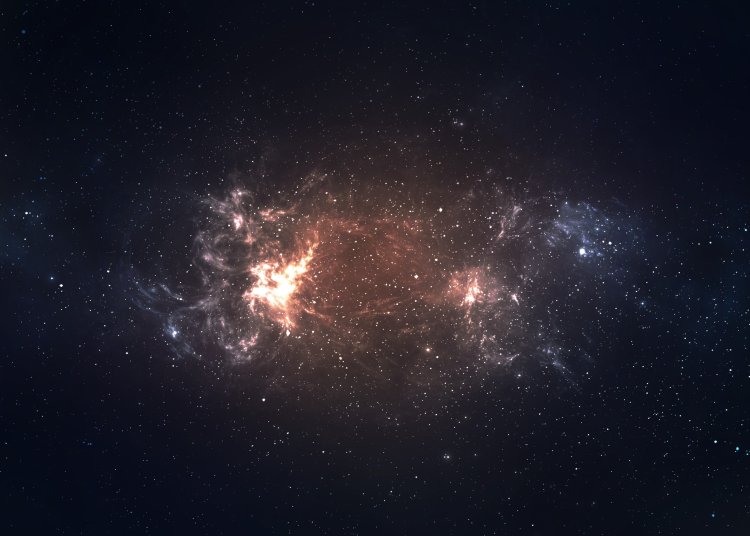Twice a year, people all over the world are called for looking at the stars. The Astronomy Day is marked in spring and fall. The spring holiday devoted to the science of Universe is marked in the period from mid-April to mid-May before the first quarter moon. In 2021, it is celebrated on May 15. In fall, the Astronomy Day is marked between mid-September and mid-October. The week that the Astronomy Day falls on is called Astronomy Week.
A separate day was devoted to astronomy for the first time in California. It happened in 1973, when the idea of streamlined approach to public sky shows was put into practice: President at the Astronomical Association of Northern California Doug Berger suggested installing publicly available telescopes in crowded places – streets, shopping centers and parks, instead of inviting people to distant observatories. Phrase Granting Astronomy to People was chosen as the motto of the day.
This holiday calls for popularizing one of the most ancient sciences. On the Astronomy Day and the respective week, astronomical clubs, museums, as well as observatories and planetariums in different countries organize public lectures of astronauts and conferences, joint projects and mass starry sky shows. The Astronomy Day is sponsored by 14 organizations including Astronomical League, Pacific Astronomical Society, Royal Astronomical Society of Canada, International Union of Planetariums, American Astronomical Society, etc.
Astronomy is one of the most ancient sciences. It studies the structure, origin and development of celestial bodies and systems, namely stars, planets of the Solar System and their satellites, exoplanets, asteroids, comets, pulsars, black holes, nebulas and galaxies. The first telescope in history was assembled by Galileo Galilei in January 1609.
The astronomers know that temperature on the Moon varies from -164 to +117°C. Only one side of the Moon is visible from the Earth. The Moon makes a full turn around the Earth for 27.3 days. It takes sunlight about 8.5 minutes to reach the Earth. As for the light from Deneb star in constellation Cygnus, it travels to Earth 800 years. On Venus, the day and night taken together are longer than a year on the Earth. Uranus though seldom, yet is visible from the Earth with naked eye. The mass of Jupiter exceeds the one of Earth by 318 times. The volume of Saturn exceeds the one of Earth by 758 times. 95% of Mars atmosphere consists of Co2.
By today, the International Astronomical Union has officially recognized 88 constellations. 54 of them can be seen from Russia.
Photo: forplayday / ru.123rf.com
Based on articles from calend.ru, webplus.info






















